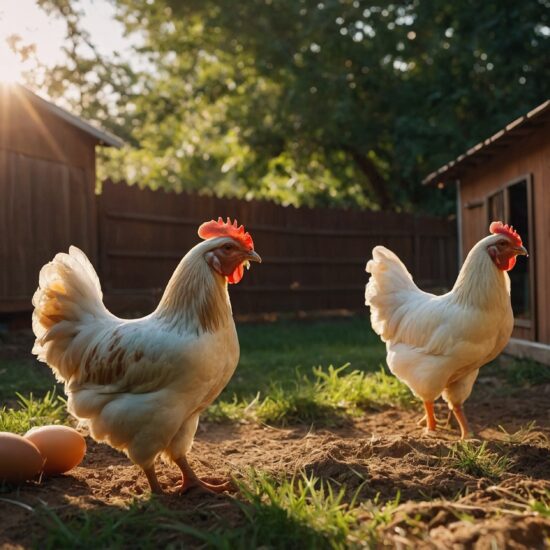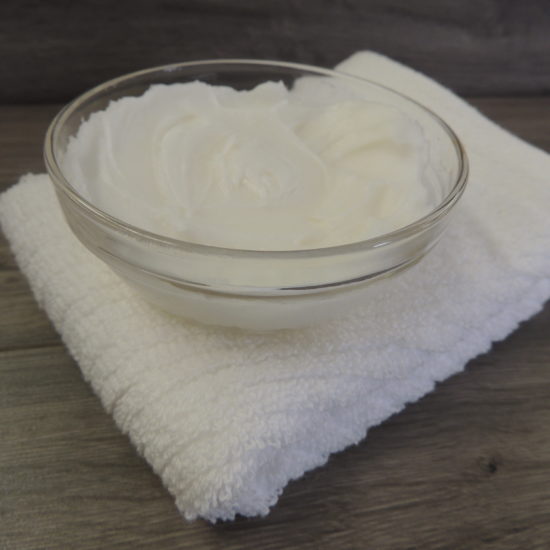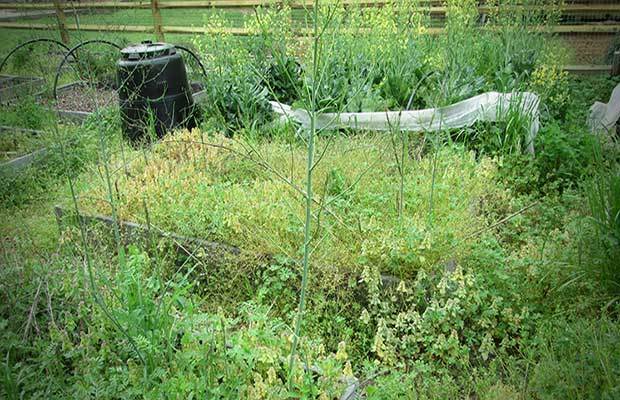
With so many people growing vegetable gardens for the first time, I thought it apropos to write a post concerning the one culprit that has caused my husband and I to want to throw up our hands in surrender. I am not speaking of rodents, varmints, or hungry neighbors. This enemy is fierce. This foe is the common weed. An opponent like no other, one that will take over and suffocate your tomatoes while you go on vacation, one that grows faster than you can pull it from the ground. If you dig up uncultivated ground in hopes of being self-sufficient, be prepared or this rival will defeat you before you can say “cucumber sandwich”. Our family has fought the good fight for many years and learned from our mistakes and I want share what we have learned the hard way in hopes of saving fellow Preppers of an empty wallet and an aching back.
Before you begin…
First of all, if you do not mind spraying your food with weed killer like the guy down the road from us, you will have a weed free garden with very little effort outside of filling your sprayer up and possibly receiving a pulled wrist muscle. He sprays religiously and his garden is beautiful. However, he also has a putrid complexion, thin hair, and all of his pets have extra legs. Our family chooses to go the chemical-free route and I am sure he laughs at us when he sees us bent over in our garden getting dirt under our fingernails.
Secondly, if you are willing to invest the money required to create a square-foot gardening and a weed-free wonderland, go for it. The downsides are not only cost, but lack of air circulation, need for more watering, and if wood is used to make the raised beds it will eventually rot and have to be replaced.
Also, do not assume that you can simply go outside, lay down something to kill your grass in a lovely rectangular pattern, and commence growing delicious fruits and veggies. We had a friend come over with a back hoe and dig up a large square where our veggies would sprout and grow and feed our family. We were optimistic and naive and discovered that when you dig up a plot of grass that has a variety of weeds thriving in it, you will have many years of weeding ahead of you.
Here is a brief list and description of the top ten weeds you will encounter in your veggie patch and ideas on eradication. If you are looking for a quick and easy solution other than chemical annihilation, STOP reading at this point because it will take a determination and a will to succeed that cause most people to either cover their gardens with grass seed or put in that in-ground pool they thought they always needed.
Most Unwanted Weed List
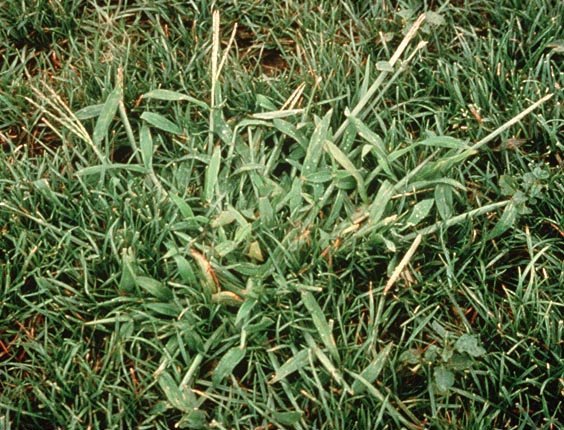
1. Crab Grass
This weed is fast growing and sprouts seed heads quickly in warm weather. So quickly in fact, that if you happen to miss it you will be fighting all of its numerous offspring the following year. Even worse is that when you think you have caught it and are in full annihilation mode and pull it from the ground, you have probably left its rooted nodes behind that are thriving a couple of feet away. Your best defense is to pull it the second you see and not let it sprout a seed head, mulching helps as well.
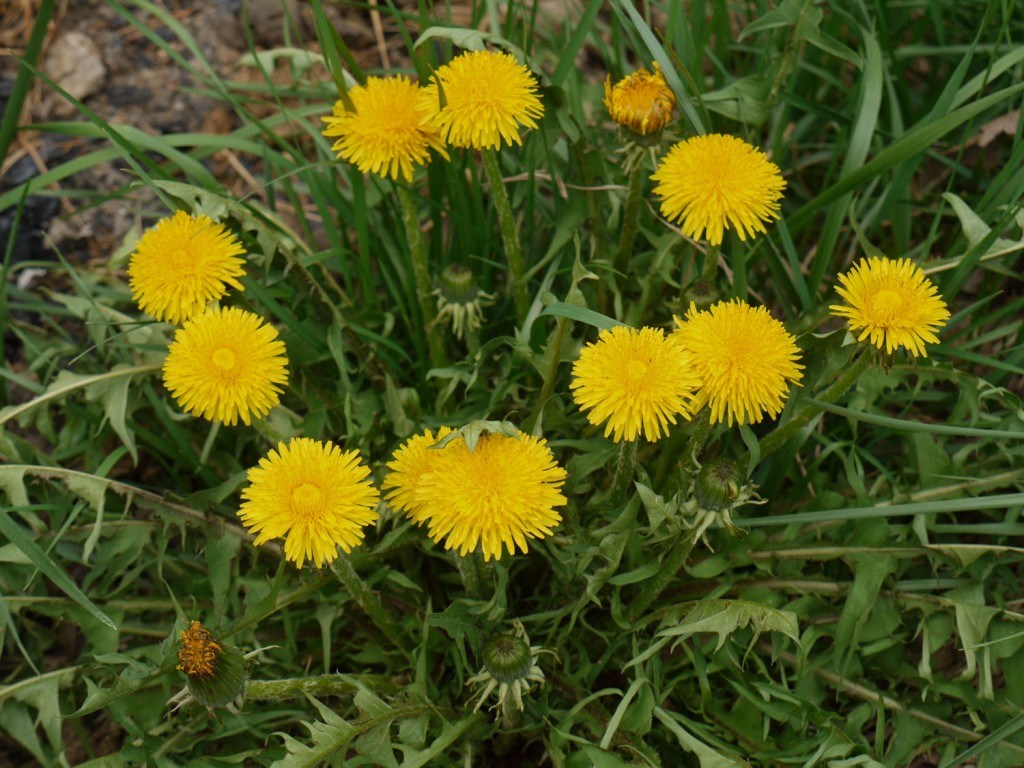
2. Dandelion
Yes, some people eat this in salads or brew tea with it, but truth be told, if you don’t control its population, you will be fighting a vigorous invader. The best measure is to pull it out completely, being sure to remove the root as well. Mulch is not very effective, however, but some gardeners swear by the dandelion puller.
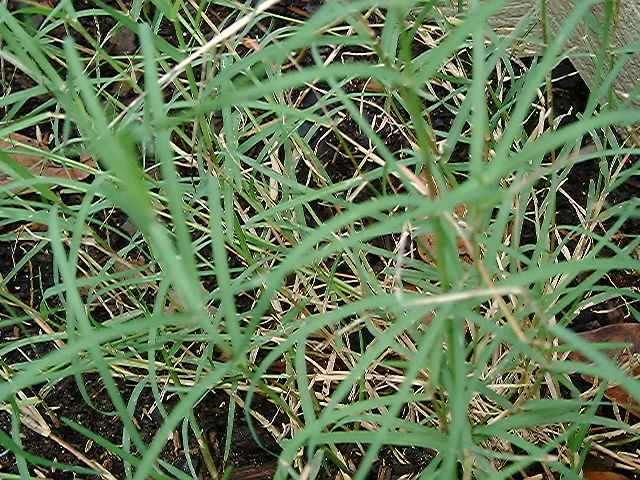
3. Bermuda Grass
This weed is especially irritating because of its extensive root system. We have pulled this out thinking we got the root and all, set in a pile beside the garden, let it winter over and lo and behold it was still alive and thriving the following season. This grass sprouts from rhizomes that break off when you try to dig it out. I had a gardener tell me that the roots can be as deep as 15 feet underground. The only way you can keep it from slithering into your home and stealing your children is to mulch HEAVILY. And forget putting down black landscape fabric because it will grow through it. Solarizing helps as well, if you are dealing with a large patch that is winning. This involves spreading clear plastic down in your hottest months and let the sun bake it. Digging a moat around the garden is also recommended to keep it from creeping so quickly into garden beds.
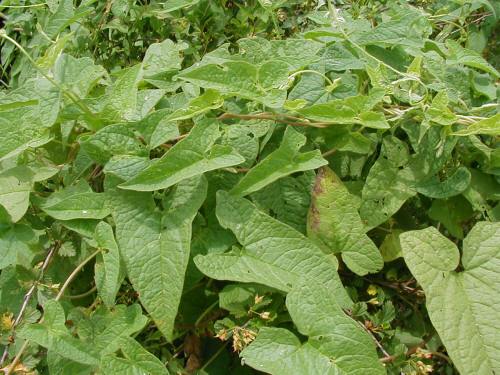 Bindweed
Bindweed
4. Bindweed
Similar and a cousin to sweet potatoes this is called the “zombie plant” because it just keeps coming at you no matter what you do. Do not let this hateful weed go to seed because its roots can go as deep as 30 feet underground. Also, the seeds can stay viable for 50 years. Unfortunately the best way to eradicate it is to pull it. Do not till it or you will till the seeds into your soil, but use a fork after it rains to avoid leaving any fragments behind.
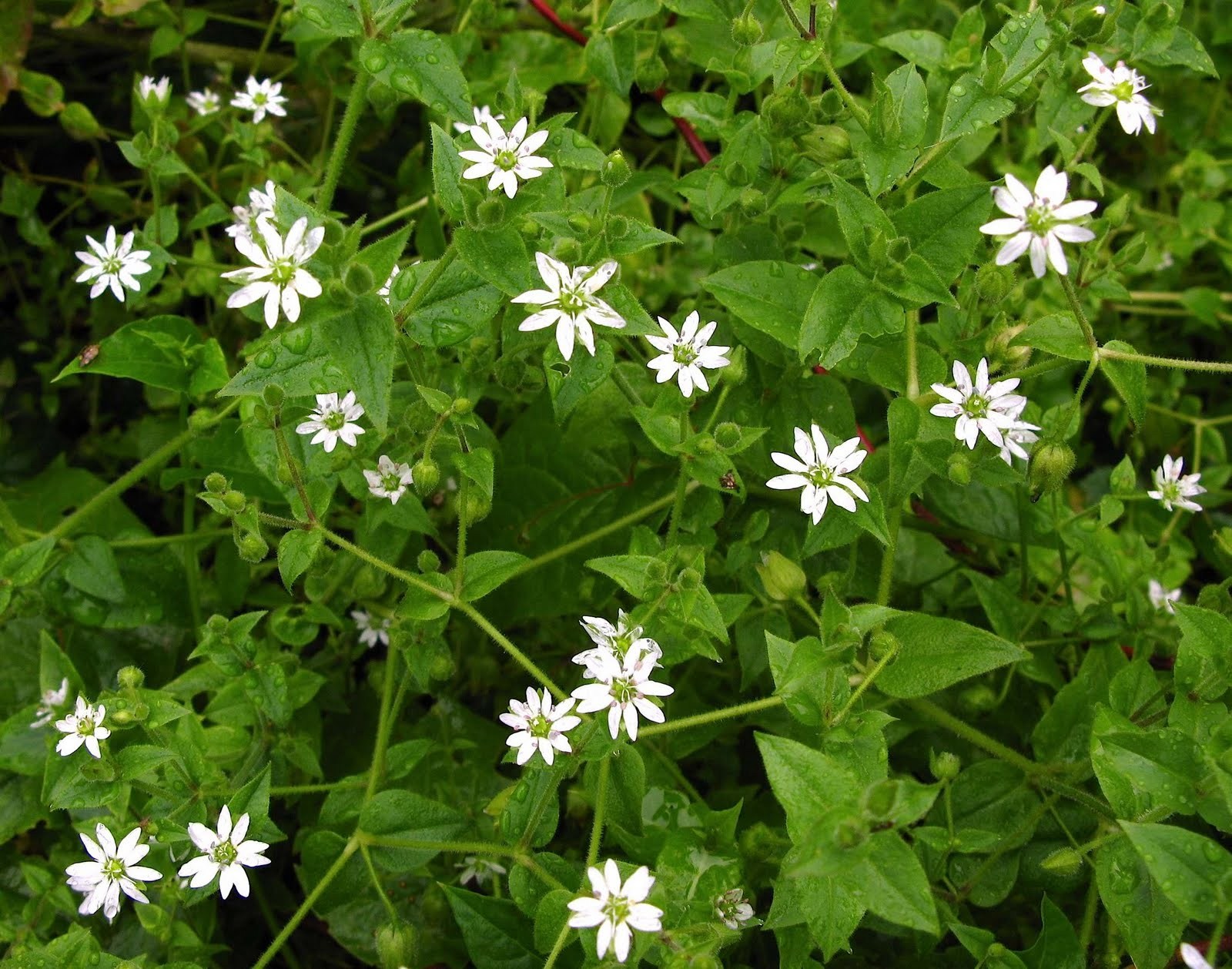 Chickweed
Chickweed
5. Chickweed
Some people eat chickweed in a tasty salad and use it for its medicinal properties. I personally want to kill it. It is a winter weed and it grows quickly. If it is pulled at the wrong time the seeds will sprout new little chick-weeds everywhere. You must pull it in the early spring. One positive aspect of chickweed is that you can feed it to your ducks and chickens, they will love it.
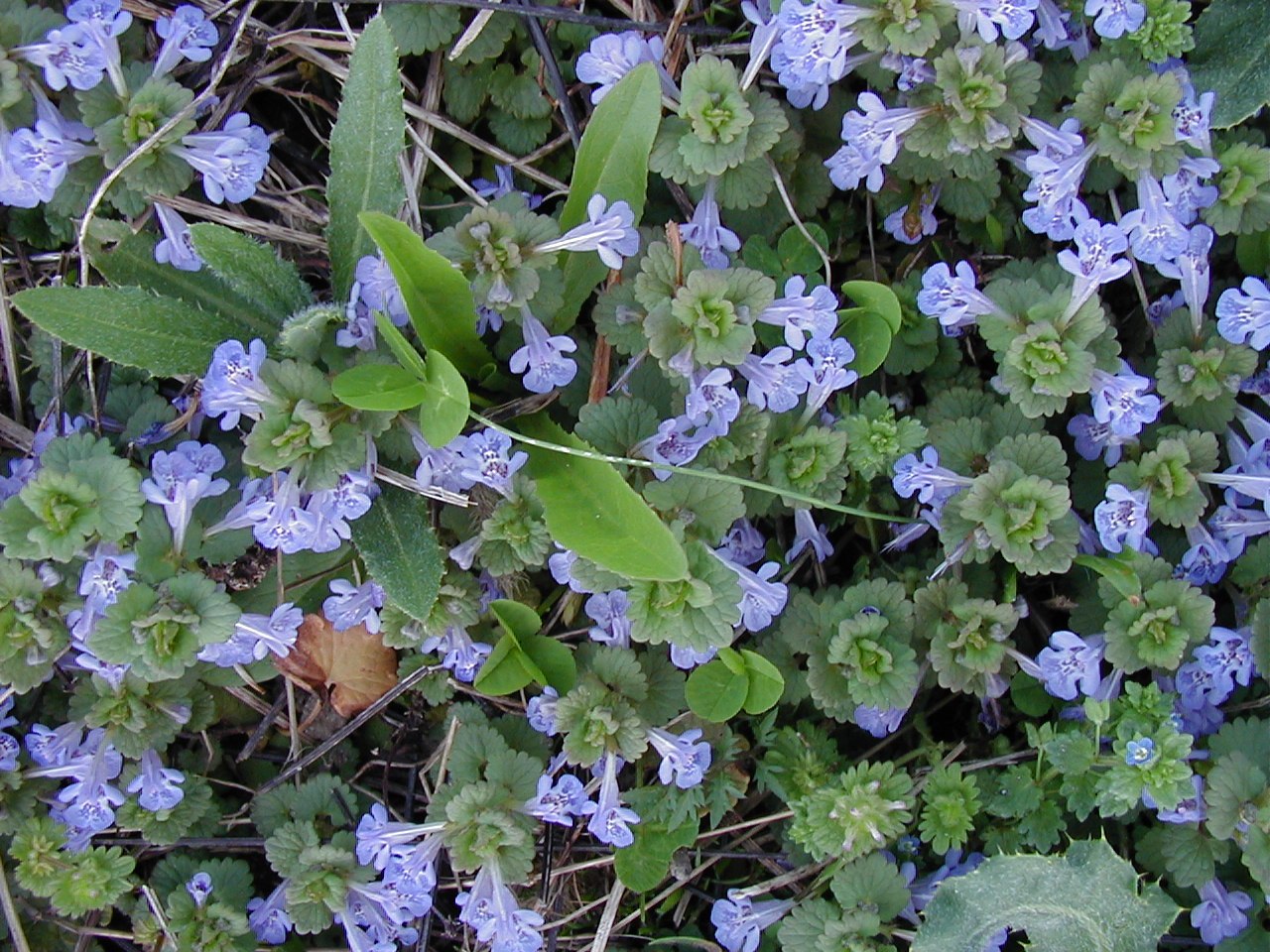 Ground Ivy
Ground Ivy
6. Ground Ivy
Pull it, it comes back. Pull it, it comes back. Pull it, it comes back. Get the point? This is best pulled out if you water the ground first before pulling by hand. You must remove all the underground runners as well. If you till it, it will sprout from root fragments and you might as well put in an in-ground pool over your garden.
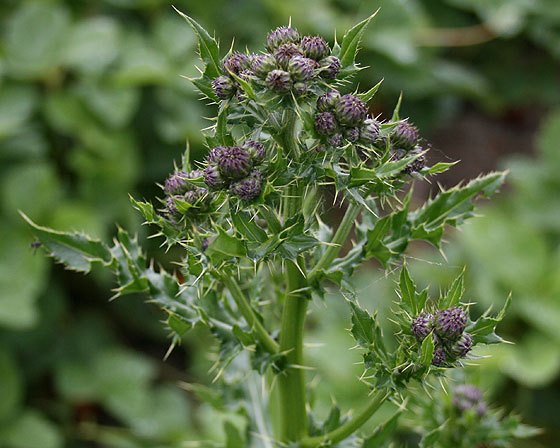 Canada Thistle
Canada Thistle
Eek, this is a prickly perennial that requires wearing heavy-duty leather gloves to remove. Some gardeners recommend cutting this down to the ground and pouring a mixture of vinegar and salt on the stem area. You can also remove with a fork being sure to get the whole root system. If all else fails and the weed takes over, you can use the fibers from the stems to make rope. You will be very skinny due to lack of food, but you will have some good strong rope.
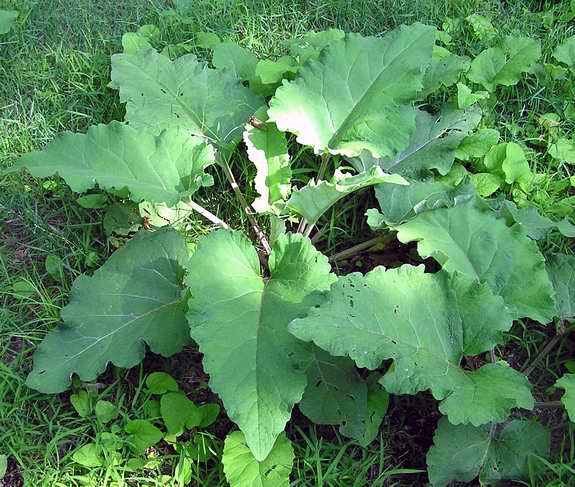 Burdock
Burdock
8. Burdock
Vinegar works well on hot days with this nasty biennial invader. You can also take the time to dig this out of the ground, but it is much like the dandelion and it is imperative to remove the whole root system. Mulch is useless.
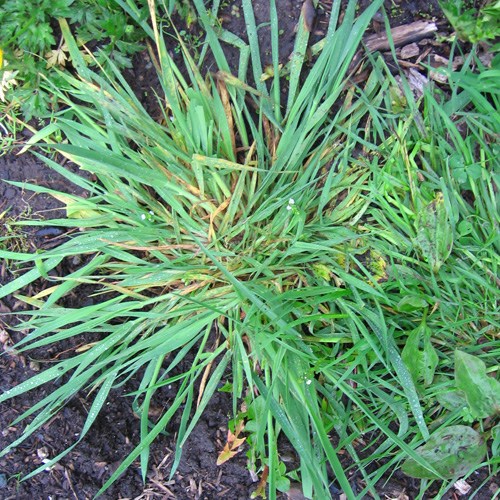 Quack Grass
Quack Grass
9. Quack Grass
This perennial weed grows mainly by creeping underground rhizomes that release chemicals that poison other plants and keeps them from growing. The runner roots must be removed, but be aware that the roots are very thin and it doesn’t take much for them to break off causing you to miss fragments that will become new “quackers”. Again, do not till this weed, because you will spawn many more of its devil children. Cover crops can help, such as field peas, buckwheat or crimson clover which will overcome the quack grass. Many gardeners have reported that it is very common for it to crop up when buying composted manure or mulch so be sure you are not getting product full of quack grass.
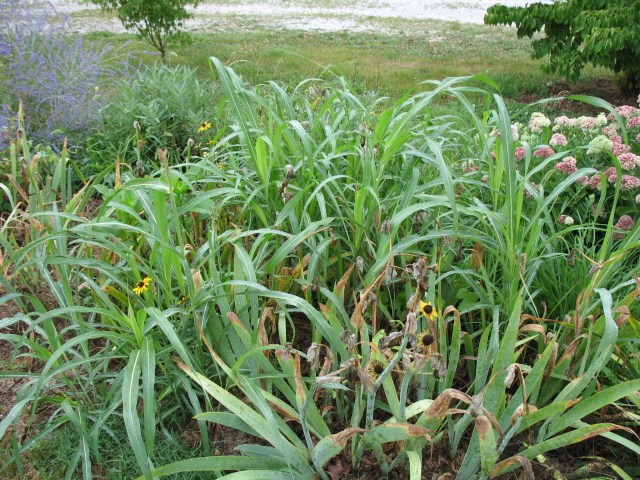 Johnson Grass
Johnson Grass
10. Johnson Grass
This noxious weed needs to be dug out in its entirety. It is suggested that Johnson grass needs to be allowed to sit out of your garden for several months before tossing into the compost pile. Cover crops can be helpful in suppression.
The following is from Mother Earth News:
Organic Weed Control: What Works, What Doesn’t
In our comprehensive Worst Garden Weeds Survey, gardeners rated several mulch types and organic herbicides based on their effectiveness in controlling weeds. Out of those who’d tried each type, here’s how the methods ranked, including the percentage of respondents who found each effective.
Top-Rated Mulch Types
1. Paper or newspaper (80 percent)
2. Black plastic (76 percent)
3. Straw or hay (69 percent)
4. Shredded wood or bark (65 percent)
5. Grass clippings (63 percent)
6. Living mulch (45 percent)
7. Clear plastic (21 percent)Top-Rated Organic Herbicides
1. Vinegar (72 percent)
2. Herbicidal soap (68 percent)
3. Neem oil (57 percent)
4. BurnOut Weed & Grass Killer (42 percent)
5. Weed Prevention Plus (29 percent)
6. Weed Pharm Organic Weed Killer (23 percent)
7. Cinnamon bark crab grass killer (17 percent)Seize the Sun. More gardeners reported success with mulches than with herbicides. As you evaluate your mulch options, keep in mind that clear plastic — the lowest-ranking mulch type — will only work to kill weeds if it’s used in summer and pulled tightly over soil, creating a hot environment weeds can’t tolerate. This method of capturing radiant heat from the sun under clear plastic is often called solarization. To solarize a bed, water areas of bare soil, and then cover the areas with clear plastic. Dig a trench and bury the edges of the tightly pulled plastic in the trench so the heat will build up, and keep the plastic cover on the garden bed for three to six weeks.
Mulches Are Strong Medicine. Several gardeners said the most successful mulch strategy was to use newspapers and/or cardboard under a thick layer of organic mulch, such as grass clippings, shredded leaves, straw, hay or a combination of these (wet your newspapers so they don’t fly around as you try to lay them down).
The tips most often cited were to do a couple of good hand weeding sessions early in the growing season before laying down mulch, and to keep reapplying organic mulches as they decompose throughout the season. Grass clippings will block weed growth better than the same thickness of hay or straw, but will usually not last as long. Grass also releases more beneficial nitrogen than hay, straw or leaves. Start your mulching regimen early, before weeds get a foothold, and don’t be shy about applying a lot — if you can, mulch 6 to 8 inches deep with hay, straw or leaves, or 2 to 3 inches deep with grass clippings. Organic mulches are a quadruple win because they suppress weeds, build fertility, retain moisture and are often free. Simply gather grass clippings and leaves from your property, or get them from friends or neighbors who don’t use lawn herbicides.
Many respondents commented that black plastic mulch is effective because it blocks light from weeds, but it can leave a mess of fragments in your garden when it eventually deteriorates. Others noted the usefulness of landscape fabric laid beneath a layer of straw for keeping weeds out of paths.
Organic Herbicides. Almost all of the gardeners who commented on organic herbicides said the ones that work only offer a temporary fix. Many said store-bought options aren’t worth the money. Many gardeners considered vinegar an effective herbicide option if applied directly to weeds on a sunny day. If you’re cautious about protecting the soil food web in your garden, note that vinegar can do minor harm to soil microorganisms.
In conclusion, weeds are not our friends. They will invade every inch of your garden if you allow it. New gardeners should plan on spending the summer months at home working in the garden upon digging their new garden. Make it a family affair. We have given our children sections of the garden that they have to keep weed free. Neglecting your renewable source of food is not wise. The reward for all your hard work is that your family will be growing food for the table and pantry and eventually, after years of waging war on weeds, you will win. If you can practice eradicating diligently and removing weeds upon sight, you will eventually have fewer weeds invading your garden and more food in your belly.


















